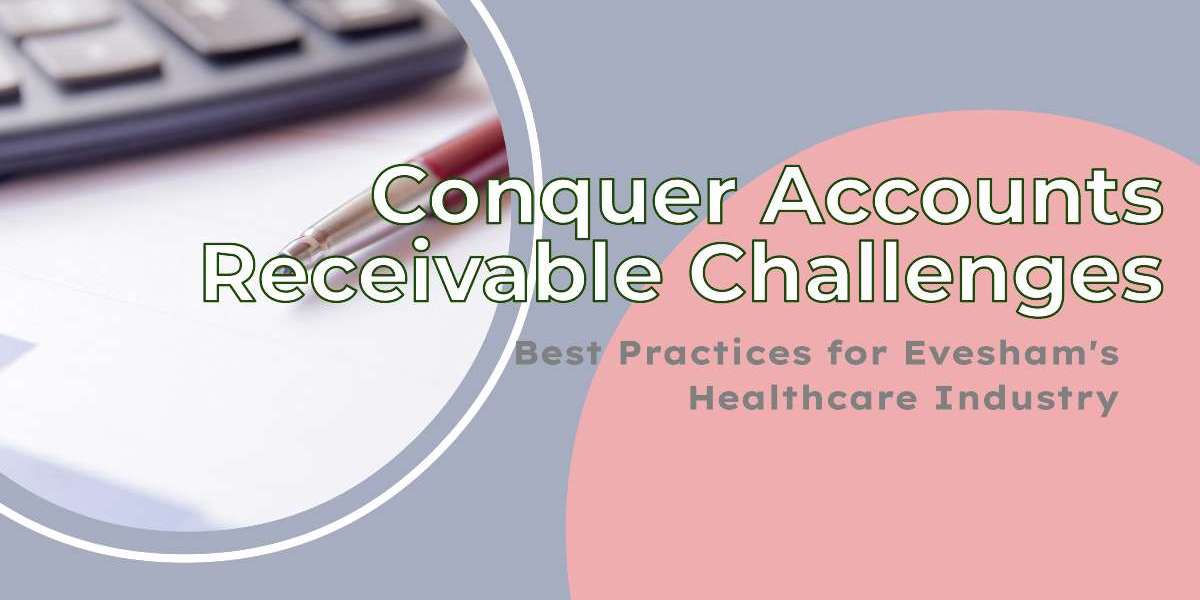Understanding Accounts Receivable in Healthcare
AR, in general, is the revenue that a business generates but hasn’t yet collected from the customer, either due to the buy now pay later or the credit sales business model. In the medical or healthcare practice, the accounts receivable is referred to invoices or payments owed to a hospital or healthcare organization. This unpaid amount may include the patient’s outstanding invoices or reimbursements from insurance companies.
Once a healthcare organization bills a patient or files a claim with a health insurance company, this is the beginning of the AR process. The longer an account remains unpaid for rendered services, the likelihood of getting paid decreases, which means a higher risk of bad debt, necessitating a robust invoice dispute management system. For the AR, it is not counted as revenue in such cases, even though the healthcare company owes the money.
Regardless of the size of the hospital, which can be a small business like Evesham Community Hospital or a larger healthcare company, it is crucial to expedite the payment process. If not handled in a timely manner, this unpaid amount overburdens the finance department, drains resources, and leads to revenue leakage for the practice. This is why AR in the healthcare landscape is unique and requires practices and solutions that meet the unique needs of the organization.
Common AR Challenges in Medical or Healthcare Organizations
Apart from AR collection management practice for the finance department in a medical organization, billing management also poses challenges for the patients or customers in the organization. Let’s dive into the common challenges that impact the customer experience and cash flow for the organization.
1. Insurance Claim Denial
This is the top challenge, as insurance companies frequently make it complex for healthcare businesses to receive payment by denying insurance claims for a variety of reasons. While running for-profit insurance companies, they will benefit by not accepting a claim. The list of claim denials includes late filing of a claim, missing information, coding errors, and duplicate submissions, among others. Due to these reasons, the aged AR of the accounts receivable are higher, and this is what makes the outstanding payments higher in the healthcare space.
2. Higher Bad Debts
Owing to the insurance claim denial, it takes longer for the healthcare organizations to collect their payments and settle invoices. On the other hand, patients often end up paying more due to higher deductible plans until their insurance claims are approved, and secondly, due to increasing patient costs owing to constantly changing healthcare practices. This increases the financial burden on patients and also increases the risk of bad debt for the organizations because patients never end up paying, which leads to write-off debt.
3. Unwarranted Write-offs
Considered as forgiveness to a customer debt or unwarranted write-offs, this debt is without the customer payment. However, these write-offs, including the insignificant amounts, have a concerning impact on an organization’s bottom line. As a healthcare organization, ensuring accounts receivable automation solutions can help reduce unwarranted write-offs. However, if a healthcare organization is using a manual system to handle collections, the revenue leakage increases, causing the accumulation of unpaid balances.
4. A Disorganized Collection Process
One of the most crucial activities impeding the cash flow of a healthcare organization is a disorganized collection process. This causes friction and inefficiencies in the invoice-to-cash cycle, which often affects the organization’s bottom line. When it comes to collecting payments or recovering the debt, the medical expenses should be discussed and disclosed with sensitivity at the time of service. You can consider the following approaches.
· Compassionately notifying patients or their attendants of the hospital bills and expenses.
· Payment terms should be made transparent, including ways to make payment to avoid any issues.
· Implementing efficient billing systems to keep customers abreast of deadlines, billing, and payment confirmation details.
By adopting an empathetic approach, you can ensure a positive experience for customers of Evesham Community Hospital, thereby fostering a positive impact on the community.
5. Restrictive Payment Methods
Many businesses, including healthcare, have restrictive options for customers to make payments. This creates friction and inflexibility when making invoice payments, which can result in payment delays. Such practices not only put organizations at a severe competitive disadvantage but also cause frustration for ailing customers when it comes to clearing payments. This is another reason for claims denials and rejections, which affect a healthcare’s AR collections and cash flow.
Best Practices to Manage AR in the Healthcare Industry of Evesham
Fortunately, many strategies you can consider to get paid on time and reduce the risk of bad debt without causing discomfort to your customers. The following actionable practices are applicable to Evesham Community Hospital and any other healthcare organization.
1. Fostering Patient Relationships and Informing about Financial Commitments
No business can be built without customer experience. This is why businesses must build an excellent customer experience that is transparent and supportive, which is a necessity in the healthcare business. By maintaining open communication with customers, healthcare businesses can make customers feel more comfortable with concerns and issues regarding payment. This approach can help circumvent issues like insurance denials, freeing up time to focus on better patient care.
2. Follow-up with Outstanding Accounts
Healthcare must follow up with clients to ensure the likelihood of collecting payments. By developing an effective and efficient collection policy, healthcare organizations can follow up on invoices with periodic payment reminders, courtesy calls, and potential deployment of a collection service. Such practices can help the AR department collect outstanding invoices and reduce the risk of turning them into bad debt.
3. Collecting Payment at the Time of Service
Just like paying in your favourite restaurant Cornmill Yard, collecting payment at the time of service can minimize the risk of potential payment delays. In the case of healthcare industry, you can receive payment when services are provided, which is crucial for keeping your accounts receivable department efficient and ensuring a steady cash flow. It is vital to thoroughly assess your customers to confirm their track record of timely payments to other businesses, as this suggests they will probably stay consistent with medical payments, too. Offering discounts to encourage early payment can also be beneficial, as it motivates patients to pay promptly and on schedule.
4. Get in Touch with Patients and Insurance Providers
Building solid connections with both patients and insurance companies while diligently following up to collect outstanding payments is crucial for healthcare organizations to maintain robust cash flow. Consider keeping detailed records of all interactions and payments as it helps in identifying habitual late payers, to manage everything effectively. This way, you can make sure to establish a streamlined process that operates smoothly.
Introducing AR Automation to Streamline Collections
Managing cash flow in the healthcare industry is challenging, but implementing an AR automation solution can streamline workflows and reduce the friction in the invoice-to-cash process. This can resolve the inflexibility issues that Evesham Community Hospital can potentially face due to payment delays. AR automation solution streamlines collection of payments from customers and insurance companies by offering multiple payment methods to pay invoices. Streamlining workflows can relieve AR teams, save costs on collecting invoices, and provide a better experience to customers with streamlined personalized messages and payment reminders. With an automated AR management system, you can reduce the risk of bad debt, minimize payment delays, and foster positive customer experience, all while increasing the overall efficiency of the financial department in healthcare.







